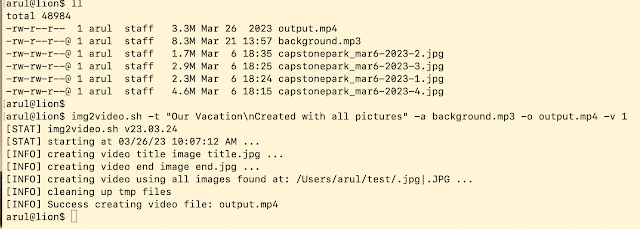Have you ever wondered how much of your information is available on public websites for anyone to search? I am sure some of you are aware of paid services that go far beyond typical google and other search engines but I am talking about totally free service to instantly get a ton of information not only on you but also everyone associated with you like your kids, neighbors, relatives, phone numbers, and more. Not to mention all the places you have ever lived which I am sure many of you know is one of the key attributes to validate your identity with many financial institutions.
Well, wonder no more as there is tons of information about you online and are freely available for anyone to search. And these are constantly being updated and redundantly stored on multiple online sites!
Now that I caught your attention 😊, here is a quick way to find out how much information is out there on you and how to remove your information ... well, you can attempt to remove it but it's not that easy, which is explained at the end. Just open your browser and navigate to the following site below and search your name and your address (just city or even state is fine) or phone number ... you would be very surprised to see how much of your info is out there.
https://www.fastpeoplesearch.com/
Make sure to scroll down all the way and click the "VIEW FREE DETAILS'' button at bottom (as shown in the screenshot) that brings up the detailed screen which shows all info they got on you. I am sure some of you know that this is not new, and this specific site mentioned is in business for well over 10+ years but how much of the information they gathered over the years is nutts!. This site has a lot more free information now than it had before when I looked at it several years ago.
Note: I removed my information but it is erroneously showing someone else in that place 😄
So how do you remove it? For this site, navigate to the link below and follow the directions. It should be fairly quick to get your data removed. Feel free to post a comment on this blog if you have trouble removing yourself and I will try to help you. Now, the big question is, how long it's going to stick?
https://www.fastpeoplesearch.com/removal
Here are a few more sites and the corresponding removal links but these are by no means a full list.
I know there are literally 100's of them out there and they all scrape data back and forth, in addition to pulling data from common public sources and constantly updating themselves. As detailed above, they all provide a mechanism (varies by site) to remove your information, but you will soon find out the task of removing your info will become a constant battle of whack-a-mole game since they all feed on each other and the information you removed will be back, eventually! 😟
While this blog is focused on outlining how to remove publicly available data from data brokers, it is worth mentioning that you should also check if your personal data has been compromised in any of the data breaches over the last decade or so. Obviously, you can't remove breached data, but you can find out if any of your critical PII data, like your SSN, is part of these breaches and take necessary action. The following table lists a few websites among the many out there to search.
If you find that your SSN has been leaked, which is highly likely with the NPD data breach if you live in the US, you can read this blog below on how to freeze your credit file to protect yourself from becoming a victim of identity theft.
On a final note, there are many paid services like Optery, Incogni, DeleteMe, BrandYourself, and many more that claim to remove your data from all sites for good. However, I am very skeptical about how effective these services are and whether it is even worth spending a lot of money on them. On the plus side, they are convenient and eliminate the time and effort required to do it yourself. However, on the flip side, they now have all your detailed personal data in addition to all these data aggregators. In the event that they get breached (if not today, it will be soon; that is the reality), your full information could end up on the dark web forever. In my opinion, doing it manually is one less thing to worry about.
Stay Informed and Safe Online
If you enjoyed this blog, you'll find many more cybersecurity related microblogs at link below. They offer valuable insights to help you stay informed and safe online. Explore them at
https://blog.selvansoft.com






















